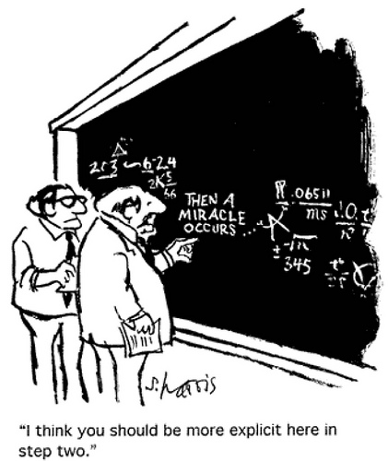We recently took the first cohort of Impact Central start-ups through a two day workshop focusing on impact. With a diverse range of businesses and backgrounds among the founders, we wanted to ensure everyone left the session with a framework to measure their impact.
To get things going, we drew on a two tools that we find as a good entry point for conversations on impact: the Impact Management Project’s Five Dimensions of Impact and the Theory of Change.
Rather than expecting to find all the answers to questions on impact by the end of the two days, our intention was to give all the founders the opportunity to think systematically through the impact they are aiming to create and how their start-up will deliver that.
This workshop was the first step in a process that will see this evolve and refine over time, as they gain a more thorough understanding of the problems they are wanting to solve, the combination of factors which contributes to them, and what they can do to create positive change.
The Five dimensions of impact
Defining the impact you intend to create and the processes that creates it is a crucial first step for impact start-ups. The Five Dimensions of Impact from the Impact Management project is a great tool for this. As an increasingly widely used framework, the dimensions are also useful to make sure everyone is talking the same language.
The five dimensions include what the intended outcome is, who experiences it, how much of the outcome is experienced, the contribution of the business to that outcome, and the risk that the impact doesn’t happen as planned.
To begin with, we find that focusing on the what, who and how much can be enough to get through for businesses thinking about this systematically for the first time, while contribution and risk can be considered more deeply when the views on the first three are already developed.

The Five Dimensions of Impact (Source: Impact Management Project)
Based on the focus of each start-up, the five dimensions help to drill down further to get to the bottom of what the positive change they make is. If you’re interested in more, there are great resources on the five dimensions, including some great content going into more detail and a handy template to get you started.
The Theory of change
Another practical tool we use is the theory of change. It’s useful for encouraging start-ups to think in terms of cause and effect, which is integral to a) understanding how a business creates impact and b) understanding how these processes can be scaled and impact increased.
For the theory of change, we have found a useful way of doing this to be showing a short video explaining the process, taking questions, providing some resources, and setting people to work at filling them out, with the opportunity for discussions between founders and to check in with the faculty members as they need.
The workshop session on theory of change is just the start of a process, during which founders drill down further into understanding how they could create the change they are aiming for, find evidence to test some of their theory, and continuing to evolve as they learn more.
In passing, it’s perhaps important to note that theory of change can get a bit of criticism, which we are well aware of. Sometimes this is fair, although other times we feel this comes down to a misunderstanding as to what the tool is for, a failure to really interrogate the details, and the idea that once it’s done, it’s done, rather than something that will evolve.

What is Theory of change? (Source: Center for Theory of Change, image credit: Sidney Harris)
Josh Eyre